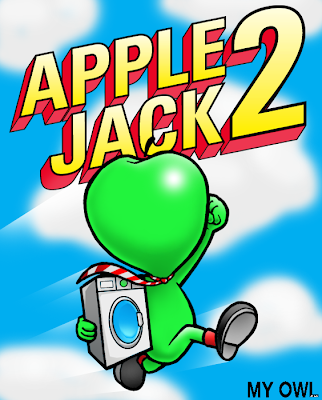- "What is the correct path through this maze?"
- "From what angle should you launch this projectile?"
- "How fast can you finish this race?"
Two-player games are no different; the players are still posed questions, only usually from each-other instead of from the game itself.
 |
| The Queen's Gambit, Black to move. Should Black take the pawn on c4? |
In Drawdle, most levels ask some combination of the following:
1) What is the correct shape to draw?
2) With what speed and from what angle should it be launched?
3) (if more than one drawing) What order should they be launched in, and with what timing?
Of the three, the first is by far the most interesting question Drawdle asks. Not only are the possible shapes one can draw practically endless, but drawing is what makes Drawdle unique. Allowing the user to draw their own objects is what separates Drawdle from the many other physics-based puzzle games out there. Many games deal with timing and angles; fewer games involve creation. And for all of the "doodle" games out there, almost none of them let the player actually doodle.
I kept this in mind when I set out to create new levels for the latest Drawdle update (see previous post). I wanted most of the new levels to require the user to draw unique shapes in order to complete them. Also important was ensuring that each level was sufficiently different from previous levels; even good questions become uninteresting if they are repeated too often.
 |
| A new level in Drawdle. What shape should you draw in the square box? |
Below is a level that I experimented with but ultimately rejected. As you can see, the player is restricted to launching two pre-drawn doodles. I originally thought that figuring out which one to launch first (and where) would be interesting for players, but testing revealed that the solution was too obvious.
Making matters worse, the solution (pictured below) required extreme levels of precision for the angle taken, precision far beyond what players could reasonably be expected to input when playing on a phone or tablet. The result was that success on this level felt flukey and random.
In short, this level did not ask Drawdle's best questions, and the questions it did ask were neither interesting nor fun to answer. Leaving this level out was an easy call.



